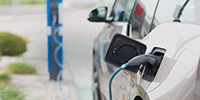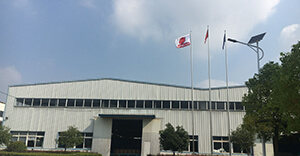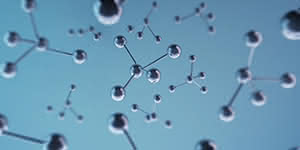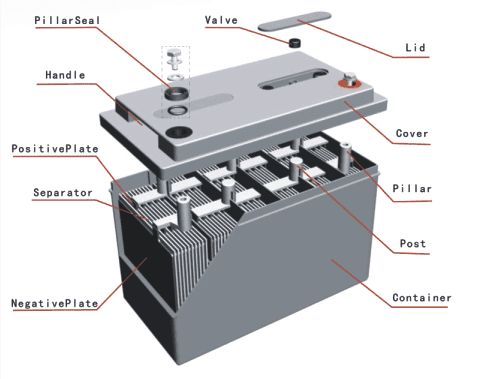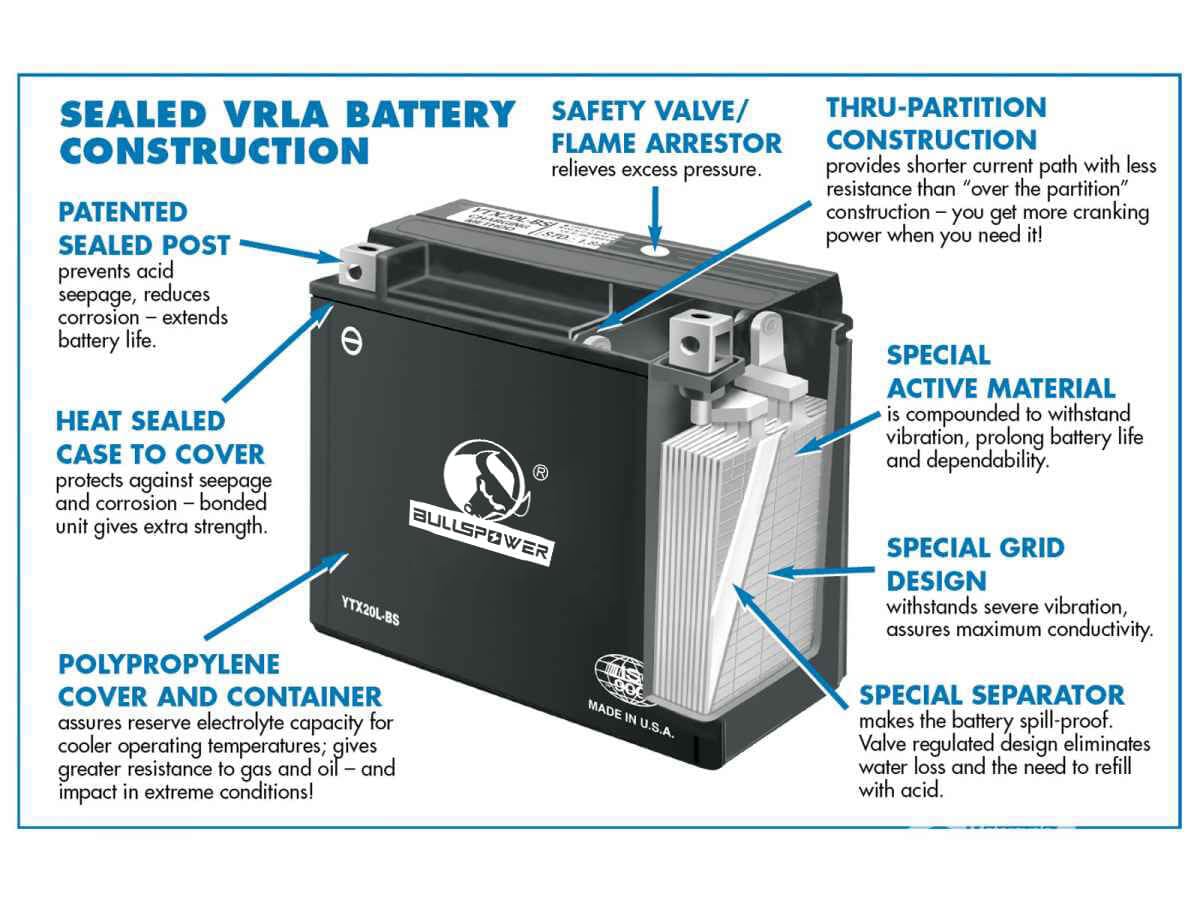What is valve regulated lead acid battery?
|
SLA and VRLA are different acronyms for the same battery, Sealed Lead Acid or Valve Regulated Lead Acid. This battery type has the following characteristics: Maintenance-free, leak-proof, position insensitive. Batteries of this kind have a safety vent to release gas in case of excessive internal pressure build-up. AGM, Absorbed Glass Mat refers to a specific type of SLA/VRLA where the electrolyte is absorbed into separators between the plates consisting of sponge-like fine glass fiber mats. For many decades, the lead-acid battery has been the most widely used energy-storage device for medium- and large-scale applications (approximately 100Wh and above). In recent years, the traditional, flooded design of the battery has begun to be replaced by an alternative design. This version - the valve-regulated lead-acid (VRLA) battery - requires no replenishment of the water content of the electrolyte solution, does not spill liquids, and can be used in any desired orientation. Since the VRLA battery operates in a somewhat different manner from its flooded counterpart, considerable technological development has been necessary to meet the exacting performance requirements of the full range of applications in which rechargeable batteries are used. A lead acid battery is made of a number of lead acid cells wired in series in a single container. Lead acid cells have two plates of lead hung in a fluid-like electrolyte solution of sulfuric acid. While in use, the battery generates power by reducing the lead plates, turning them into lead-sulfuric-oxide. This process is reversed once the battery is charged – meaning the lead-sulfuric-oxide is broken down turning it to pure lead and sulfuric acid. Since this reverse process is not perfect, hydrogen gas is released before it can completely mix with the water inside the battery container. To prevent the build up of the hydrogen gas (which may cause the battery to explode), a vent is used to relieve the pressure. To avoid these problems, valve regulated lead acid (VRLA) batteries prevent the movement of the electrolyte inside the container, trapping the hydrogen near the plates, making them readily available for re-combination as the battery is recharged. This construction greatly reduces the water loss during the discharge/recharge cycle, thus making the battery maintenance free (no need to add water) and the battery can be sealed. Because of this, we can use this type of battery in any position/orientation we like without the fear of spillage. When charging is done, two things may happen: 1. the electrolyte may boil and produce too much pressure and/or 2. the gas build up may be too quick for recombination with the water. To regulate these events, a one-way pop-off valve is incorporated into the battery body which only opens when the pressure builds up. The immobilizer used in these batteries ensures that there would be no spillage or leakage of the liquid inside.
There are two types of VRLA Batteries: the Gel Cell and the Absorbed Glass Mat (AGM).Gel Cell Battery – As its name suggests, the Gel Cell Battery has an immobile jelly-like electrolyte where the sulfuric acid is mixed with fumed (pyrogenic) silica used as a thickening agent. Because of this immobile gel-like electrolyte, the Gel Cell can be mounted in any position, shows greater resistance to extreme temperature, and is shock and vibration resistant. Gel Cell Batteries are primarily used in electric wheelchairs, certain recreational vehicles, generators and more. Absorbed Glass Mat Battery (AGM) – In this type of battery, the acid is absorbed and immobilized by very thin fiberglass mats between the plates. This construction makes the acid readily available to the plates and allows a quick reaction between the acid and plate material. The plates in an AGM Battery may be of any shape making their design very flexible. AGM Batteries have the advantage of a very low internal electrical resistance and faster acid movement between the fiber and the plates allowing AGM Batteries to give and take higher rates of amperage when compared to other sealed batteries during charging/charging cycles. AGM Batteries are the perfect choice for motorcycles and ATV’s. Deep-cycle AGMs are also commonly used in off-grid solar power and wind power installations as an energy storage bank and in large-scale amateur robotics, such as the FIRST and IGVC competitions. |





